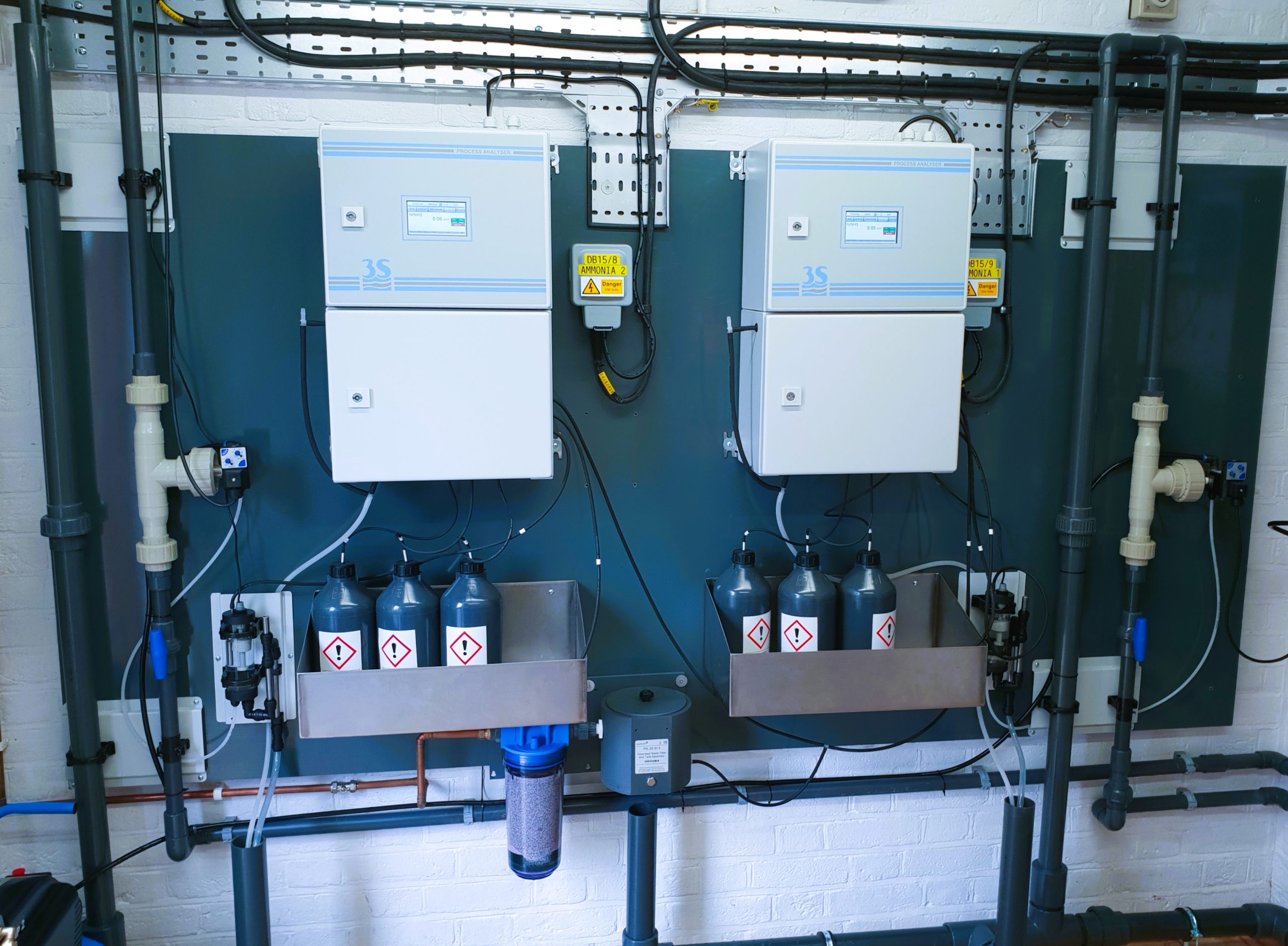Customers often ask us about the use of ion selective electrodes (ISEs) for ammonia in this application. The advantages of direct ISEs are pretty obvious, direct insertion is possible and there are no reagents required, simply stick the sensor in the sample and you get an online ammonium measurement. However, there is a problem of sensitivity with direct ammonium ISEs. Typically a water treatment works will have an alarm limit of 1mg/l of ammonia (as mg/l N) and ISEs simply do not have enough of a difference in mV between 0 and 1mg/l to make them suitable for the application.
Some advocates of ISEs will recommend a special low level calibration procedure specifically to overcome the issue of lack of sensitivity of the sensors. This may work in short term, allowing an accurate calibration of the sensor at low levels, however, it doesn’t prevent any drift in the electrode causing false positives in the future. Frequent recalibration will be required which increases OpEx and becomes a disadvantage in itself.
A gas sensing ISE approach overcomes some of the disadvantages of this by have the sensing element out of the sample. By introducing reagents to bring all ammonium into the ammonia gas form, the ISE can measure the total ammonia (as mg/l N) present in the sample. Of course, this approach goes back to using reagents.
The best available technology for raw water ammonia intake protection applications is still colorimetry. This is tried and tested over decades and works. It is sensitive to small changes in ammonia, a direct measure of the total ammonia in the sample (but reported as mg/l N) and if well installled and maintained, shouldn’t be effected by solids in terms of false positives or blocking in the sample acquisition process.
It does use reagents, and it does require an appropriate installation/sample acquisition process. But the chemistry is on the side of the colorimeter.

“"We tried to get away from colorimeters for ammonia intake protection systems as we thought the benefits of ion-selective electrodes were too great to ignore. However, our experience of them is that they needed constant maintenance to prevent them drifting over our alarm limit, and we didn't have the people available to do the low level calibrations required in a sufficiently accurate manner. We abandoned them in the end and are back to using good old colorimetry."”
AnonymousHead of Operational Technology
Find out more about the 3S ammonia colorimeter for use in ammonia intake protection applications
Need some advice or support? We’re here to help.
If you need a call back about how Process Measurement and Analysis can help you or have any questions at all please feel free to contact us at [email protected]. A member of our experienced team will contact you directly.

